-/ 30 /-
What do you think about this?
Please share your thoughts in a comment below!
Article Rating
Table of Contents
RATE THIS ARTICLE?
LEAVE A COMMENT?
Recent Comments
On Other Articles
- Taci Fernuik on How You Think & Talk About Your Scam Affects Your Recovery: “I have hung on to the scams for far too long. With the intervention of an all-merciful God, I have…” Nov 6, 22:13
- on Disengaging From A Fake Scam Relationship: “Taci, you may want to join our new support community at www.SCARScommunity.org” Nov 6, 03:01
- on Disengaging From A Fake Scam Relationship: “This particular article helped me discover the many things I did wrong the first time I was scammed. I should…” Nov 5, 22:49
- on About the SCARS RomanceScamsNOW.com Website – 24 Years Published: “It was unavailable for a few days, but it is available again. If he would be interested, he is welcome…” Nov 5, 00:59
- on About the SCARS RomanceScamsNOW.com Website – 24 Years Published: “My husband has been scammed and your classes have been helping him but now he can’t seem to access them.…” Oct 26, 14:57
- on Talia Shepard – Impersonation Victim – Stolen Photos – 2024: “Hi, I’m Patrick from Belgium and I found this site by chance, so I just got to know it, and…” Oct 17, 23:46
- on Talia Shepard – Impersonation Victim – Stolen Photos – 2024: “Hallo ik ben Patrick uit Belgie en het is in verband over PayPal. Ik heb het dit jaar spijtig genoeg…” Oct 17, 23:08
- on Debt Relief Scams – Catalog of Scams – 2024 UPDATED 2025: “Before you make any decision, stop, think, and ask someone you trust for advice. No matter how difficult your situation…” Oct 9, 07:06
- on Shemar Moore – Stolen Photos – Impersonation Victim – 2024: “KM, sadly, this was available 5 years ago. The is a 25 year old website. Of course, new content is…” Oct 6, 13:27
- on Shemar Moore – Stolen Photos – Impersonation Victim – 2024: “Me too, since 2020. I’ve dealt with a lot of them till now. They’ve completely manipulated me and put me…” Oct 6, 00:48
ARTICLE META
Important Information for New Scam Victims
- Please visit www.ScamVictimsSupport.org – a SCARS Website for New Scam Victims & Sextortion Victims
- Enroll in FREE SCARS Scam Survivor’s School now at www.SCARSeducation.org
- Please visit www.ScamPsychology.org – to more fully understand the psychological concepts involved in scams and scam victim recovery
If you are looking for local trauma counselors please visit counseling.AgainstScams.org or join SCARS for our counseling/therapy benefit: membership.AgainstScams.org
If you need to speak with someone now, you can dial 988 or find phone numbers for crisis hotlines all around the world here: www.opencounseling.com/suicide-hotlines
A Note About Labeling!
We often use the term ‘scam victim’ in our articles, but this is a convenience to help those searching for information in search engines like Google. It is just a convenience and has no deeper meaning. If you have come through such an experience, YOU are a Survivor! It was not your fault. You are not alone! Axios!
A Question of Trust
At the SCARS Institute, we invite you to do your own research on the topics we speak about and publish, Our team investigates the subject being discussed, especially when it comes to understanding the scam victims-survivors experience. You can do Google searches but in many cases, you will have to wade through scientific papers and studies. However, remember that biases and perspectives matter and influence the outcome. Regardless, we encourage you to explore these topics as thoroughly as you can for your own awareness.
Statement About Victim Blaming
Some of our articles discuss various aspects of victims. This is both about better understanding victims (the science of victimology) and their behaviors and psychology. This helps us to educate victims/survivors about why these crimes happened and to not blame themselves, better develop recovery programs, and to help victims avoid scams in the future. At times this may sound like blaming the victim, but it does not blame scam victims, we are simply explaining the hows and whys of the experience victims have.
These articles, about the Psychology of Scams or Victim Psychology – meaning that all humans have psychological or cognitive characteristics in common that can either be exploited or work against us – help us all to understand the unique challenges victims face before, during, and after scams, fraud, or cybercrimes. These sometimes talk about some of the vulnerabilities the scammers exploit. Victims rarely have control of them or are even aware of them, until something like a scam happens and then they can learn how their mind works and how to overcome these mechanisms.
Articles like these help victims and others understand these processes and how to help prevent them from being exploited again or to help them recover more easily by understanding their post-scam behaviors. Learn more about the Psychology of Scams at www.ScamPsychology.org
Psychology Disclaimer:
All articles about psychology and the human brain on this website are for information & education only
The information provided in this article is intended for educational and self-help purposes only and should not be construed as a substitute for professional therapy or counseling.
While any self-help techniques outlined herein may be beneficial for scam victims seeking to recover from their experience and move towards recovery, it is important to consult with a qualified mental health professional before initiating any course of action. Each individual’s experience and needs are unique, and what works for one person may not be suitable for another.
Additionally, any approach may not be appropriate for individuals with certain pre-existing mental health conditions or trauma histories. It is advisable to seek guidance from a licensed therapist or counselor who can provide personalized support, guidance, and treatment tailored to your specific needs.
If you are experiencing significant distress or emotional difficulties related to a scam or other traumatic event, please consult your doctor or mental health provider for appropriate care and support.
Also read our SCARS Institute Statement about Professional Care for Scam Victims – click here to go to our ScamsNOW.com website.



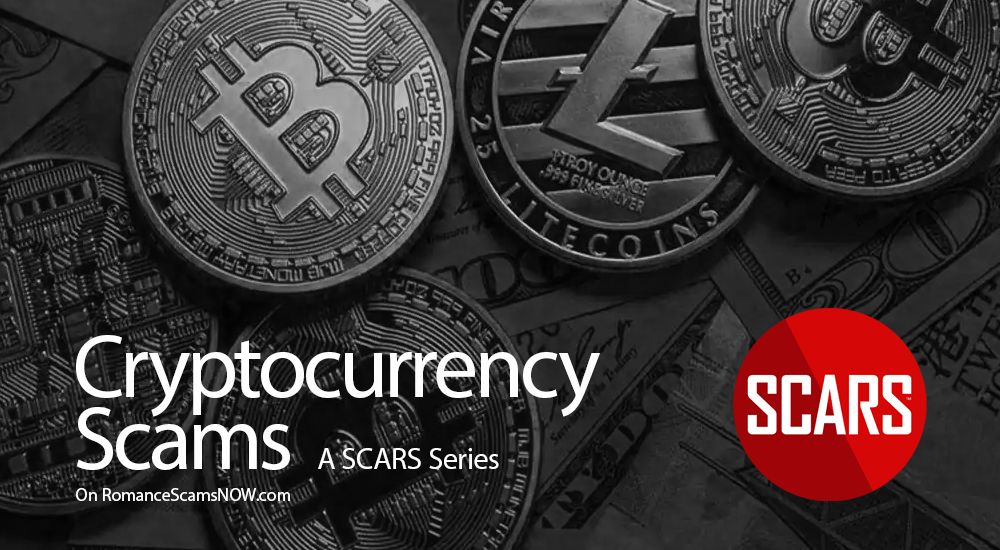


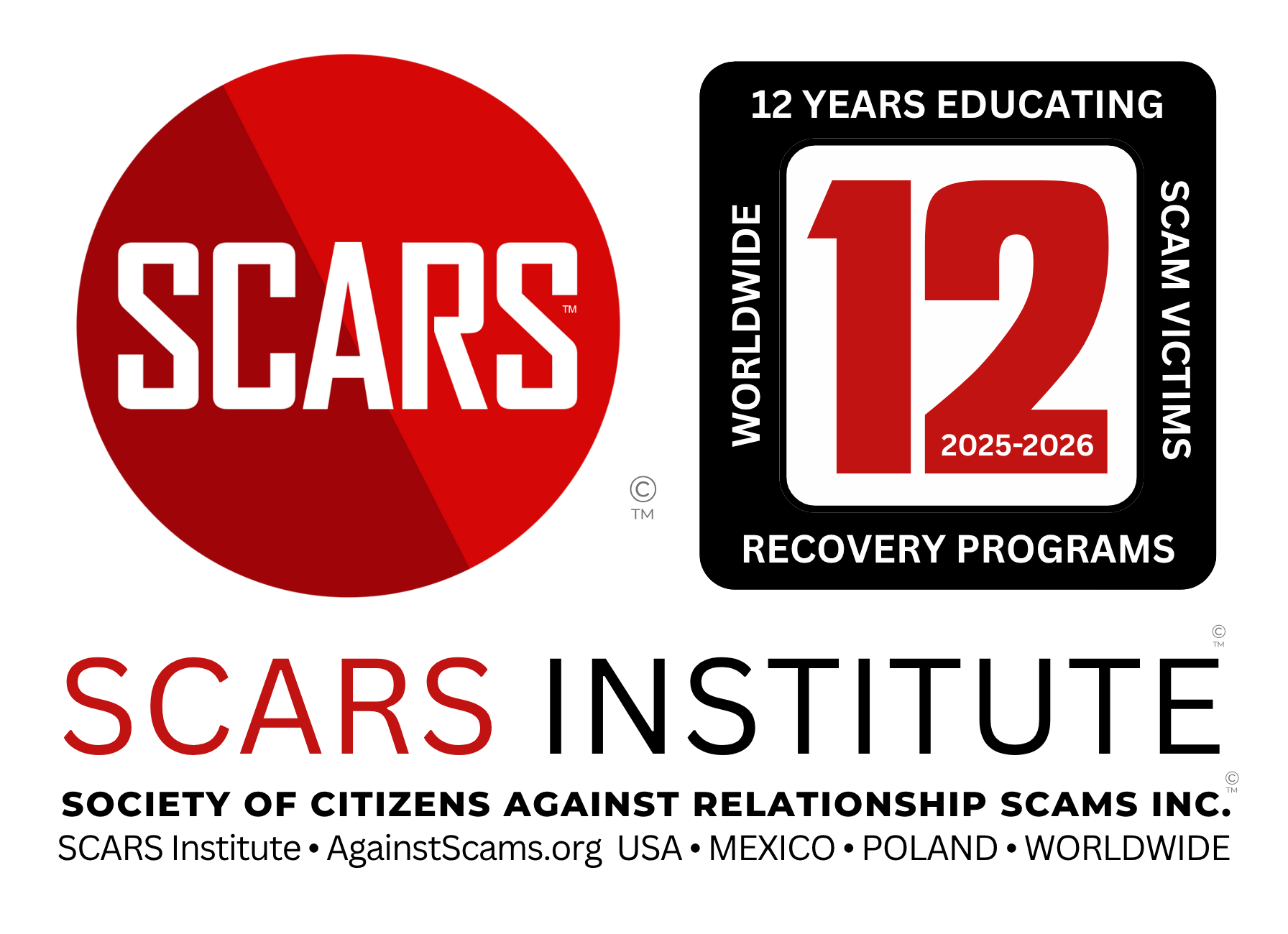

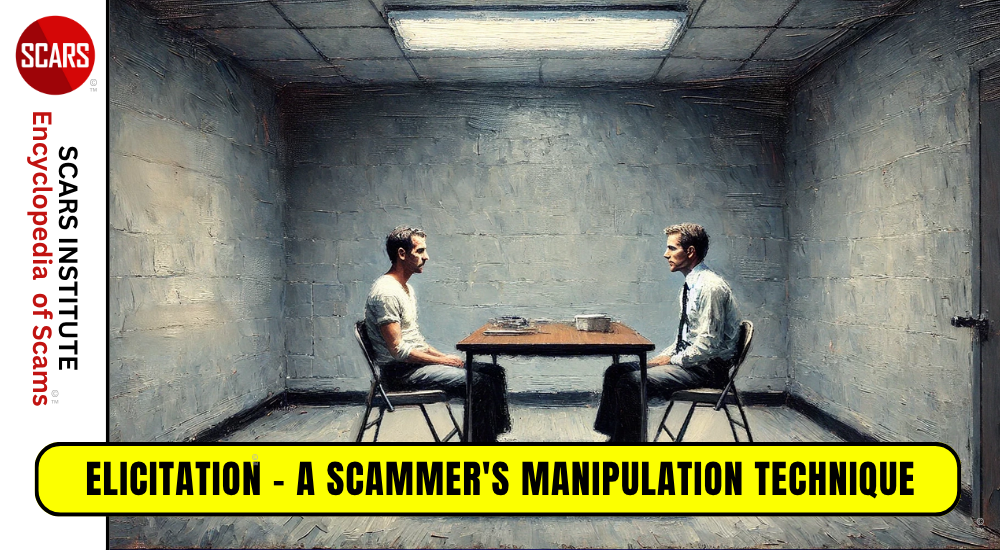
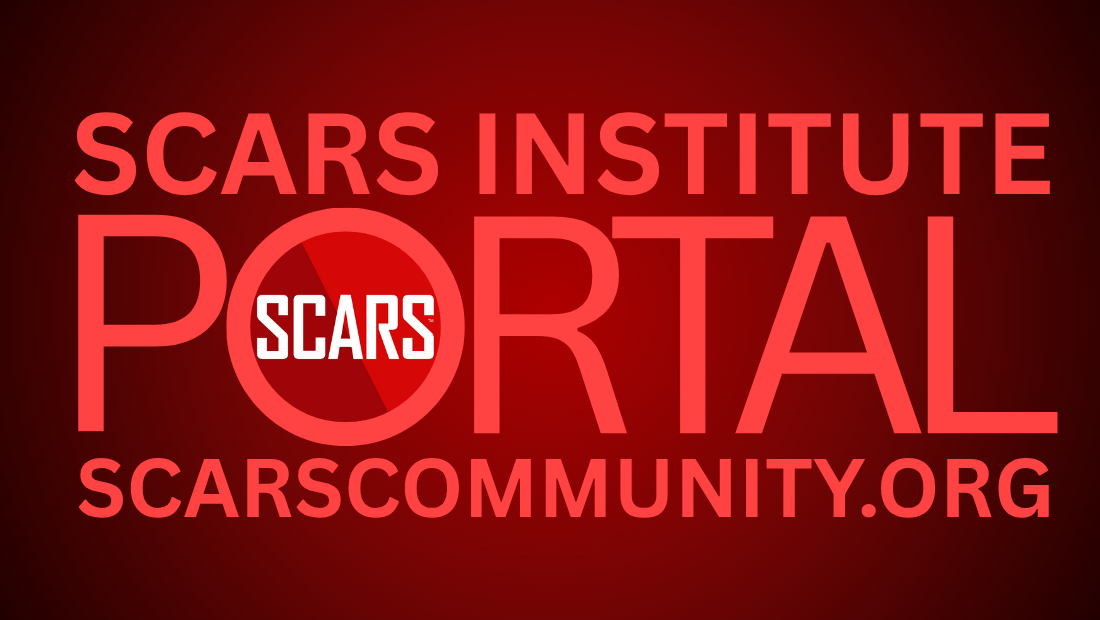
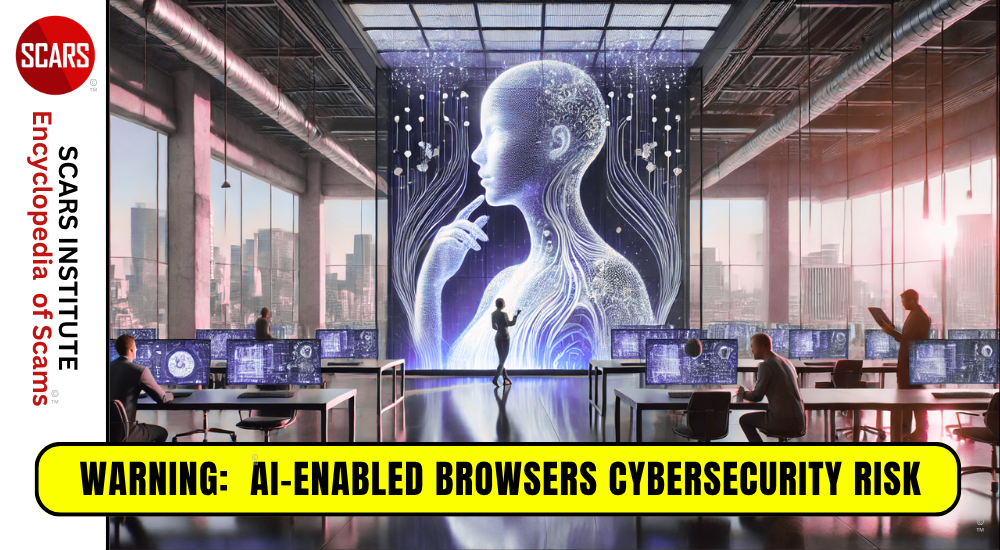
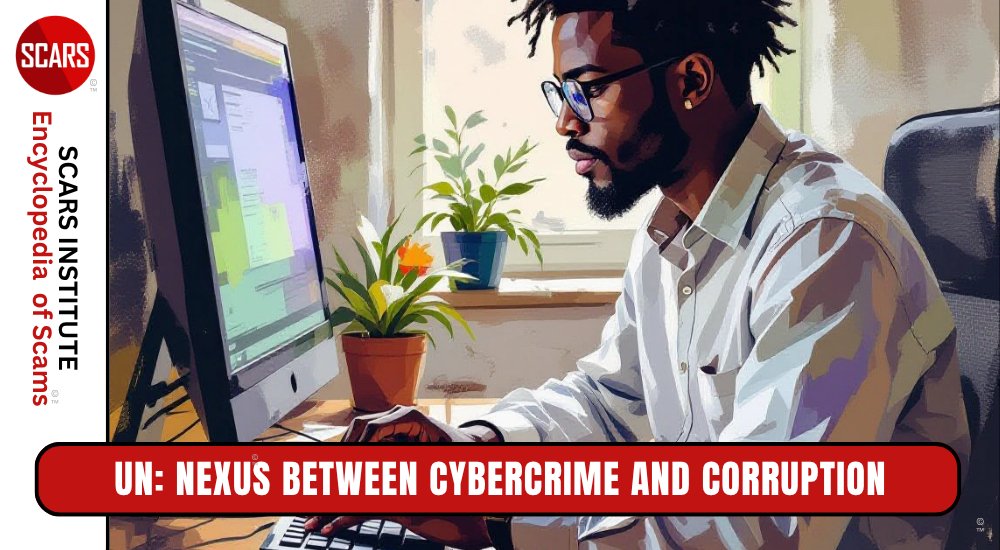
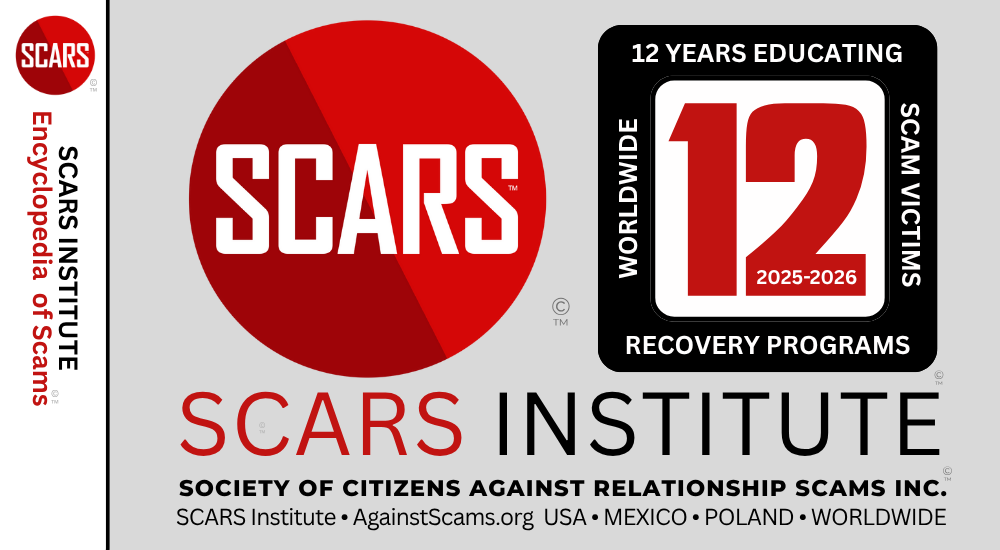




Thank you for your comment. You may receive an email to follow up. We never share your data with marketers.